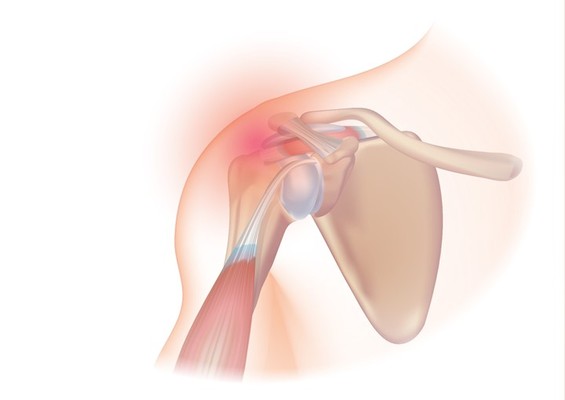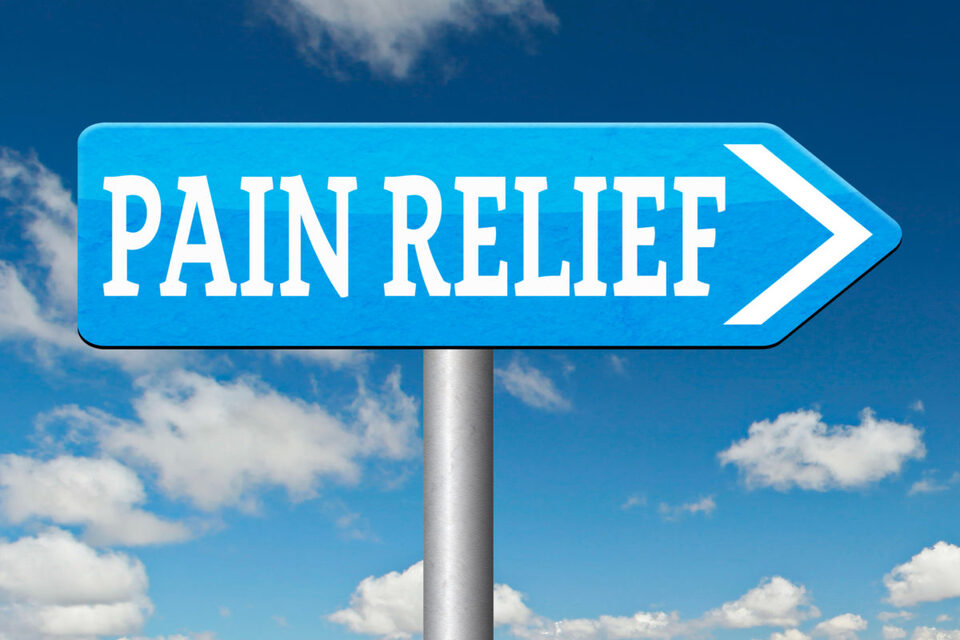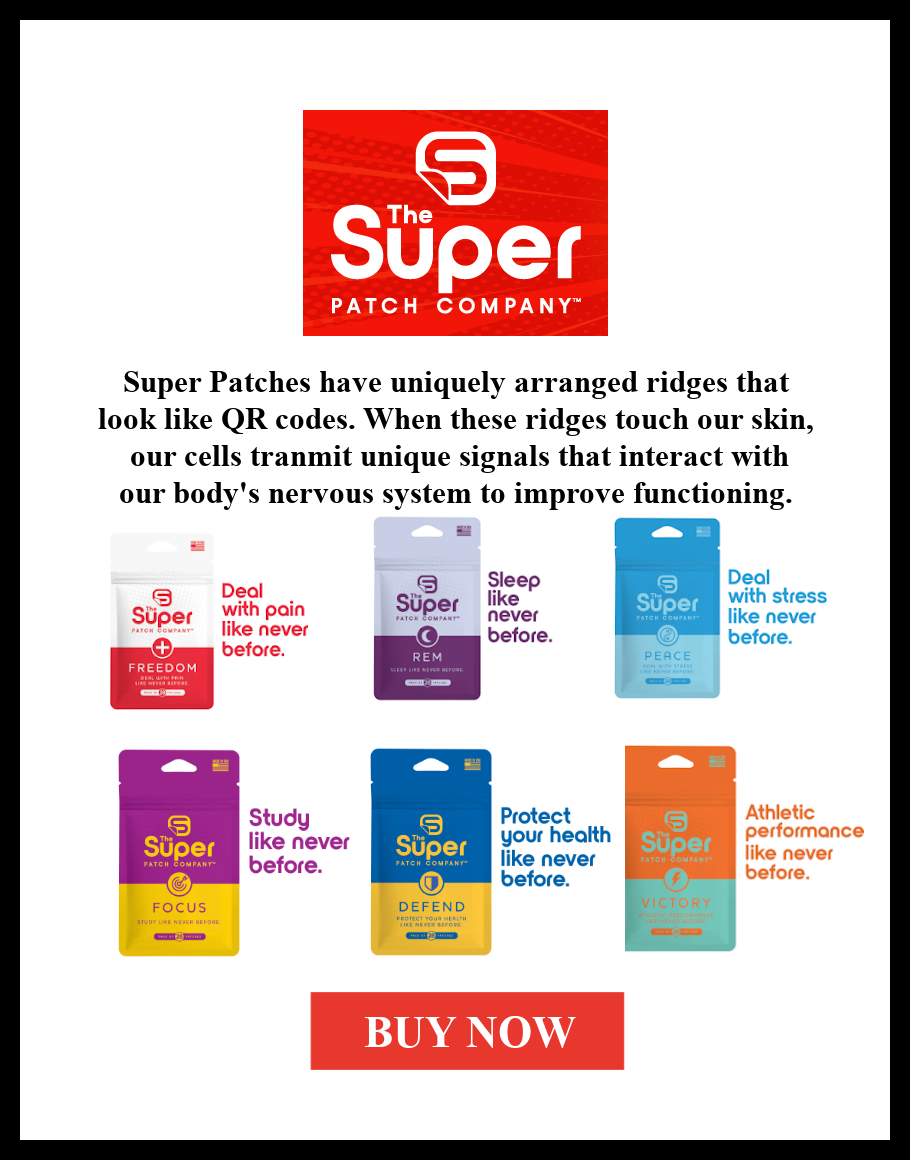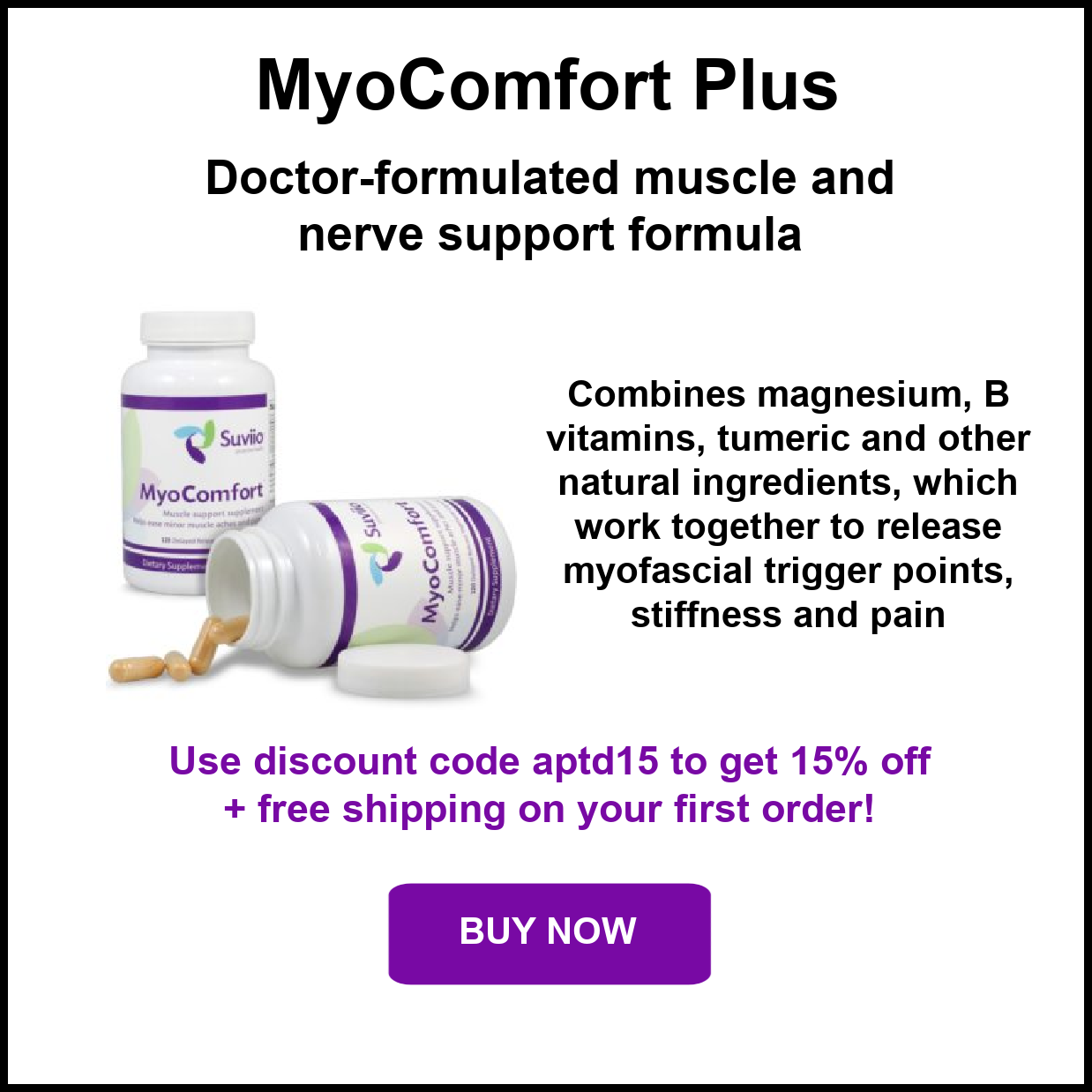
Excruciating shoulder pain is the most common way to know something is wrong with your shoulder, and usually it’s about injury to your rotator cuff muscles.
You may pull out a chair from the table, and feel debilitating pain in your shoulder. Pain could result from lifting a waste basket, reaching across your body, or reaching into the back seat of your car. The pain from rotator cuff damage can leave you almost helpless to withstand it; it can be a constant dull ache, or pain beyond your worst imaginings.
There may be weakness if you lift or rotate your arm, a crackling sensation with certain movements, or even shoulder pain when sleeping.
In my experience, the pain was modulated using MYK treatments, although the final repair was done surgically.
What is the Rotator Cuff?
Your shoulder joint is the most versatile joint in your body. You can swing your arm high and low and back and forth, you can throw a ball or a punch, and you can grip heavy weight against your body or give somebody ‘the elbow.’
The shoulder joint is a small shallow socket at the end of your shoulder blade (scapula) into which fits the ball-like head of your upper arm (humerus) which is larger than the socket, like a golf ball on a tee; only about ⅓ of the ball contacts the socket at any one time. The socket is made a bit wider and deeper by a flexible rim of cartilage that runs around its edge, the labrum.
To allow the variety of movements you can do, it takes the shallowness of this ball and socket partnership as well as seven muscles connecting the humerus to the scapula.
Four of those seven muscles and their tendons enable movements, but also ensure that the ball stays in the socket; these are called your Rotator Cuff. They are called
- Supraspiatus, on top of your scapula, and moving your arm away from your body.
- Infraspinatus, all along the face of your scapula, and rotating your arm away from your body.
- Subscapularis, on the back of your scapula, and rotating your arm toward your body.
- Teres minor, along the border of your scapula near your armpit, and assisting arm rotation,
What Happens to the Muscles?
A tendon is strong fibrous tissue connecting a muscle to a bone, and so each of the rotator cuff muscles has one tendon connecting it to some part of the ball. Most likely to happen are tears in the rotator cuff muscles or their tendons. These tears can happen gradually as a result of repetitive stress, especially overhead movements such as pitching or forceful pulling movements, or they may happen suddenly as a result of a fall or other shoulder trauma. Tears are generally to the tendons, but the muscles themselves can be torn as well. Tears can be partial or the tendon can be completely severed from its attachment. And alas, age is a factor! Most rotator cuff tears happen to people over 40.
Before Surgery.
One orthopedic surgeon friend said he wished sometimes that the MRI had never been invented. As soon as people learn they have rotator cuff tears, however minor, they want him to do surgery that’s really unnecessary.
For these cases, self-repair is possible following the old, but still valid advice for muscle problems which is RICE: Rest, Ice, Compression, Elevation. And this is the best early therapy for rotator cuff problems. MYK treatments are effective as well at relieving rotator cuff pain whether or not you proceed to surgery. In some cases, MYK has obviated the need for surgery.
Surgery.
Of course, the tears are sometimes bad enough that surgery is advised; you and your doctor need to negotiate this.
Rotator cuff surgery is almost always done arthroscopically. instead of large incisions, the surgeon makes four or five very small incisions through which are inserted a tiny camera (arthroscope) and the tiny tools needed to repair the tears. You get general anaethesia which wears off before you go home. You will also be given a nerve block which renders your entire arm mostly paralyzed, and which can take 36 hours to wear off. Nonetheless it is generally day surgery.
After Surgery.
After surgery, your shoulder needs to remain virtually motionless for a couple of weeks. Alas, the tears usually occur in your favored shoulder, and so if you are right-handed, you need to become temporarily left-handed. Please practice being left-handed for weeks before your surgery as your arm will be in a sling for many weeks.
You will be prescribed strong pain killers, and advised to start taking them even before the nerve block is gone. As an alternative, you might try my MYK pain relief treatments; that’s what I did successfully.
Prevention.
Prevention is by far the best therapy.
Most important: keep the rotator cuff muscles strong and stretched.
In addition, avoid sudden or forceful movements such as lifting heavy objects or catching falling objects, or sports where sudden moves, forceful contact, or falls are likely. If you must do repetitive activities involving your shoulders, take frequent breaks, and use ice for 20 minutes a couple of times a day.
Your shoulders will continue to serve you well over a long lifetime, but only if you have a care to keep them healthy.










